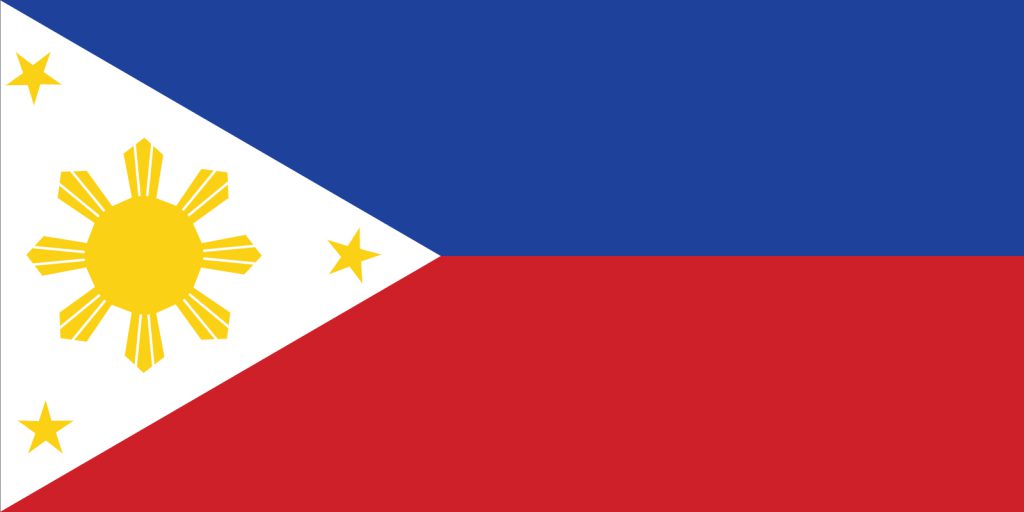
The Philippines were claimed in the name of Spain in 1521 by Ferdinand Magellan, a Portuguese explorer sailing for Spain, who named the islands after King Philip II of Spain. They were then called Las Felipinas. By the 1830’s Spanish culture and thought had penetrated into Filipino culture to the extent that the Filipino people began thinking about liberation from Spain. The government of Spain developed Filipino agriculture to the point that it was self-sufficient.
Spanish rule ended in 1898 with Spain’s defeat in the Spanish–American War. The Philippines then became a territory of the United States. U.S. forces suppressed a revolution led by Emilio Aguinaldo. The United States established the Insular Government to rule the Philippines. In 1907, the elected Philippine Assembly was set up with popular elections. The U.S. promised independence in the Jones Act. The Philippine Commonwealth was established in 1935, as a 10-year interim step prior to full independence. However, in 1942 during World War II, Japan occupied the Philippines. The U.S. military overpowered the Japanese in 1945. The Treaty of Manila in 1946 established the independent Philippine Republic.
American Influence
At the same time that the Philippines were fighting for independence, Cuba, also a colony of Spain, was trying to liberate itself from Spanish rule. Cuba, however, had the backing of the United States. When the American battleship, USS Maine, sank in the Havana harbor, war between the United States and Spain became imminent.
On April 25, 1898, the United States declared war on Spain and the commander of the U.S. Asiatic Squadron, Commodore George Dewey was sent to engage the Spanish navy in the Philippines. Dewey attacked the Spanish fleet on the morning of May 1, 1898 from his ship USS Olympia. The battle lasted only a few hours resulting in the complete destruction of the Spanish fleet at Manila Bay. The American fleet suffered only minor damage.
The Spanish-American war officially ended with the Treaty of Paris on December 10, 1898. However, the American government was only interested in Cuba’s independence, not that of the Philippines. By the Treaty, Cuba gained its independence and Spain ceded the Philippines, Guam and Puerto Rico to the United States for the sum of US$20 million. Given its own history of colonial revolution, American opinion was uncomfortable and divided on the moral principle of owning colonial dependencies. Having acquired the Philippines almost by accident, the United States was not sure what to do with them. On January 20, 1899, President McKinley appointed the First Philippine Commission (Schurman Commission) to make recommendations.
The Treaty of Paris and subsequent actions by the United States were not well received by the Filipinos – who were not even consulted. The Philippine War of Independence began on February 4, 1899 and continued for two years. The United States needed 126,000 soldiers to subdue the Philippines. The war took the lives of 4,234 Americans and 16,000 Filipinos. The Commonwealth of the Philippines was established by the United States government in 1935 with a view to granting Filipino independence within 10 years.
However, on December 8, 1941 ten hours after the attack on Pearl Harbor, the Japanese military invaded the Philippines. United States forces under the command of General Douglas MacArthur withdrew to Java on December 12, 1941. MacArthur promised: “I shall return”. General MacArthur kept his promise and returned with a massive amphibious force on the island of Leyte in October of 1944. Over the next four months, U.S. forces, with the help of Filipino guerrillas routed the Japanese army.
After the war, the United Stated restored the pre-war Commonwealth government. By 1946 the Philippines had transformed from a Commonwealth to an independent republic.